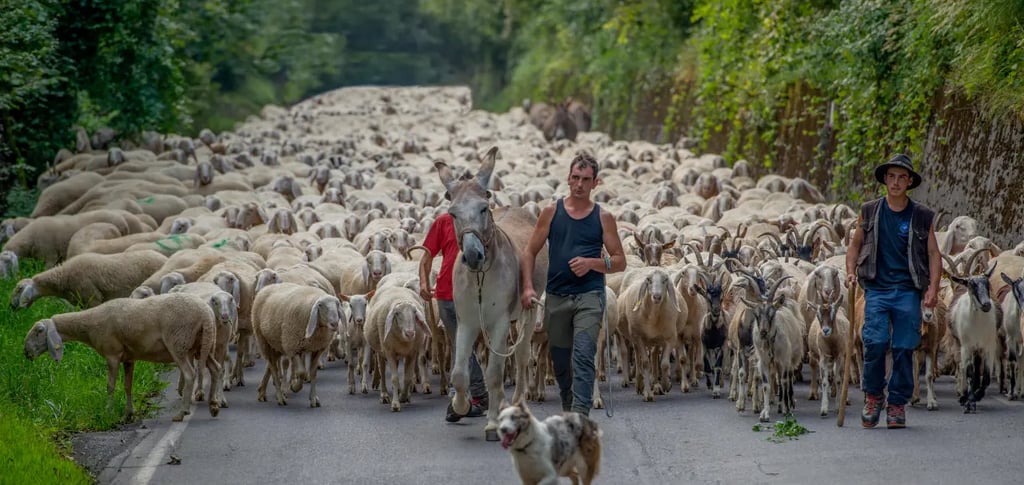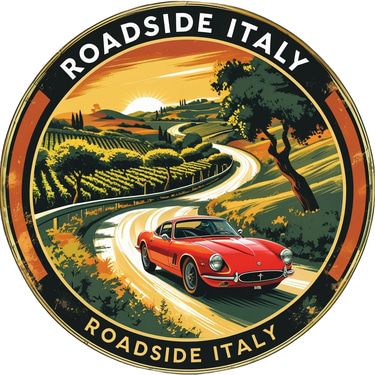Transhumance: Walking the Ancient Paths of Italy’s Herds
Each season, shepherds and their flocks trace age-old mountain routes, turning the slow rhythm of hooves into a living story of Italy’s land and culture.
LOCAL STORIES&CULTURE


When the seasons shift in the Italian mountains, so does the landscape — sprinkled with flocks of sheep, goats, and cows slowly traversing old tracks. That is transumanza, the ancient seasonal migration of farm animals, a tradition dating back to the beginnings of farming itself.
The Story:
For generations, the shepherds of the regions of Abruzzo, Molise, Piedmont, and the Alps have lived in the rhythm of the seasons: summer, taking the flocks up into the mountain heights where the pasture is rich and dense; winter, down in the less harsh lowlands. Days or even weeks might pass in the migrations, the shepherds pitching camp overnight and swapping songs, stories, and meals. The paths — tratturi — were corridors of culture, linking isolated groups and trading goods, customs, and even recipes.
Cultural Significance:
Certified by UNESCO in 2023, transhumance is a representative of sustainable farming and cultural tradition. It conserves biodiversity by avoiding overgrazing in one spot, and it retains ancient expertise of animal rearing, pasture management, and seasonal rhythm. It is also a social event for the rural people, with festivals on the departure or the return of the herds.
Traces Today:
While modern farming has reduced the scale of transhumance, many shepherds still follow the old routes, sometimes joined by tourists eager to walk with the flocks. Towns along the tratturi host celebrations with music, dancing, and dishes made from freshly produced cheeses. In Abruzzo, the autumn Ritorno dei Pastori draws crowds to watch the herds pour into the villages, bells ringing and dust rising from the road.
Conclusion:
Transumanza is about more than relocating livestock — it’s relocating culture. Get on a tratturo in the middle of migration and you’re following the same trail the shepherds have followed for generations, where life’s rhythm follows the beat of hoofbeats.
